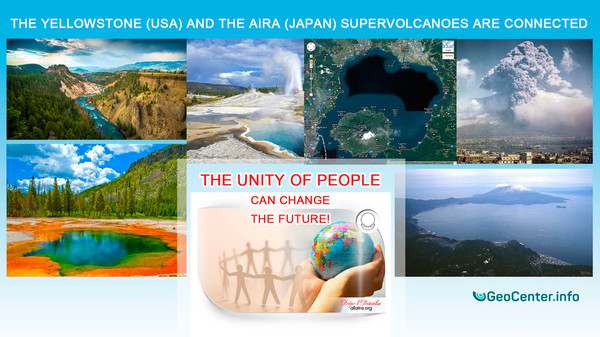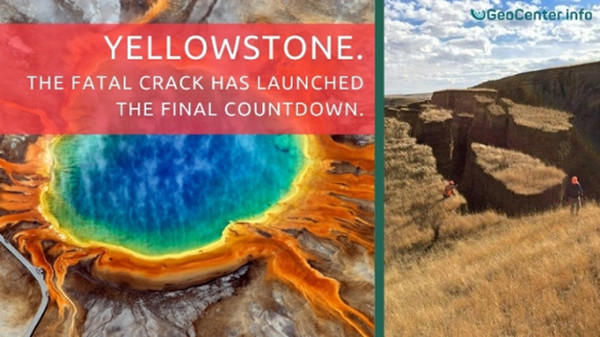- Home
- Yellowstone
Yellowstone supervolcano - online activity monitoring. Point of no return has passed.
-
 Supervolcano monitoring
Supervolcano monitoring
-
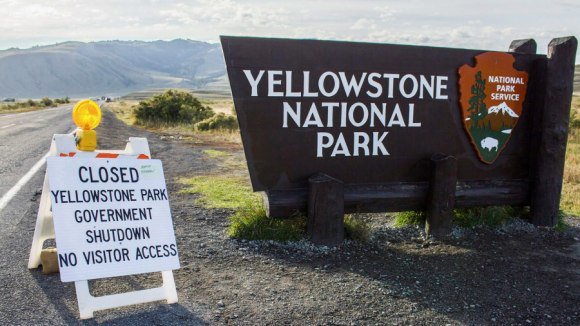 On the pulse of events in the Yellowstone area
On the pulse of events in the Yellowstone area
-
 What is Yellowstone supervolcano?
What is Yellowstone supervolcano?
-
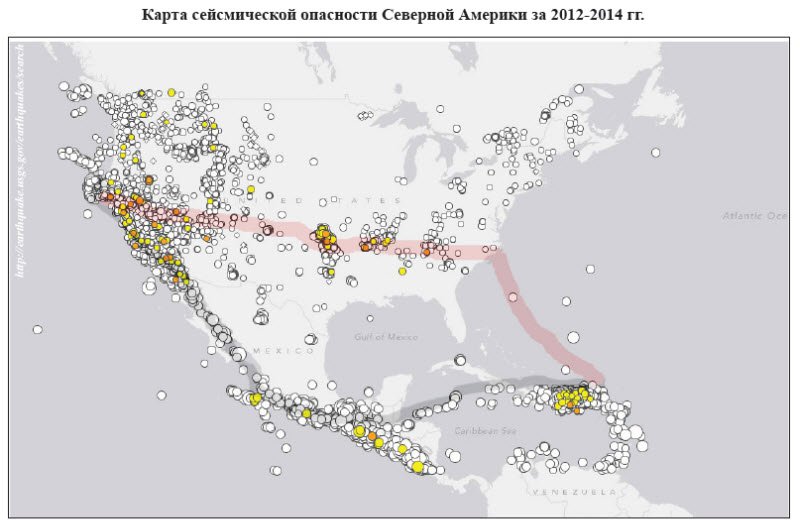 Useful references
Useful references
Yellowstone - monitoring activity as of today
Earthquakes in Yellowstone Park
Yellowstone online seismic sensors. Yellowstone Seismogram
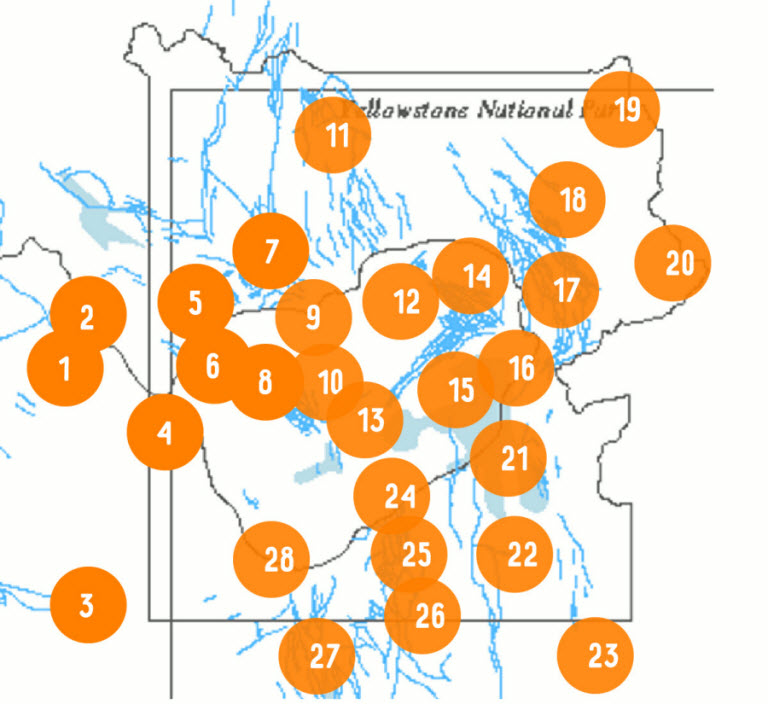
Yellowstone - latest news
The Yellowstone (USA) and the Aira (Japan) supervolcanoes are connected. The unity of people can change the future!
Yellowstone. The fatal crack has launched the final countdown.
What is Yellowstone supervolcano?
Probably each of us at least once has heard about Yellowstone National Park located in the United States in the states of Wyoming, Montana and Idaho (see the map).
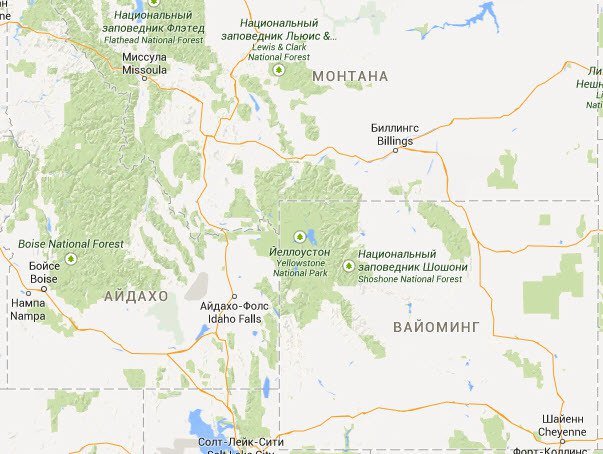
The park is famous for its numerous geysers and other geothermal objects, rich animate nature and beautiful landscapes. But, unfortunately, not these beauties attract the attention of scientists and researchers throughout the world lately , including the scientists of ALLATRA Science. Their attention was attracted by the increase in the geological, tectonic and Septon activity in this region. After all, a supervolcano of the same name is located in the Yellowstone National Park, and all these symptoms point out its activation.
"In recent years, the activity of the largest supervolcano on the North American continent, the Yellowstone Caldera, whose dimensions, according to experts, are about 55 km to 72 km, has been especially disturbing. As it was previously mentioned in this report, the recent activity of the supervolcano has significantly increased; the number of tremors has risen. In early April 2014 in Yellowstone National Park, there was an earthquake, which, until recently, was classified by experts as the most powerful earthquake in this region over the past 30 years".
The prefix "super" this volcano has received due to its huge size (approximately 3960 km2), and as a result, an enormous volume of substances emitted into the atmosphere during the eruption, according to approximate calculations - 2000km3. In consequence of this, its eruption can lead to the climate change on the whole planet. For comparison, we can cite the eruption of the Indonesian volcano Tambora in 1815 as an example, during which 160 cubic kilometers of rock was emitted into the atmosphere and it was the largest volcanic eruption in the history of our civilization. The explosion of the volcano was heard on Sumatra island, located 2,000 kilometers to the north-west of Tambora. Volcanic ash even fell on such remote islands as Kalimantan, Sulawesi, Java, Maluku. The death toll reached 71 000 people (the largest number of victims of the volcanic eruption in the humankind history). Information on consequences the eruption of the Yellowstone supervolcano might bring you will find the report «On the Problems and Consequences of Global Climate Change on Earth. Effective Ways to Solve These Problems».
"Under the most modest predictions made by a number of scientists, a supereruption of the Yellowstone Caldera may lead to a sudden climate change on the whole planet. But the worst part is that it can instantly destroy life on almost the whole continent. Scientists have simulated this situation and came to the conclusion that all living within the radius of 1,200 km will be destroyed already in the first minutes after the eruption, as the area adjacent to the volcano will suffer from pyroclastic flows, consisting of red-hot gas and ash. They spread at a speed close to the speed of sound, destroying everything in its path. The second zone, which covers the whole territory of the United States and Canada, will be covered with ashes, which will lead to deaths of people who will be in that area at that time from suffocation and from the collapse of buildings. These are not all the deadly and devastating consequences".
The first of three giant eruptions of the Yellowstone supervolcano occurred 2.1 million years ago. Then the explosions disintegrated mountain ranges, emissions rose up to a height of 50 km - the upper bound of stratosphere, volcanic ash covered more than a quarter of territory in North America. The second eruption of the supervolcano was 1.27 million years ago. The third one took place 640,000 years ago. And although some scientists do not want to admit this fact, but the next eruption, according to all forecasts and estimates, falls just on our time.
"…Since 2002, scientists began to observe the following phenomena in Yellowstone National Park: the formation of new geysers, ground deformation, increase in temperature of the soil to the boiling point, the emergence of new cracks and crevices through which volcanic gases contained in the magma are released, and many others dangerous signs of the awakening of the supervolcano. The fact that these figures are several times higher than in the previous years is disquieting. All that testified to the fact that magma of the Yellowstone supervolcano begins to approach the surface at a speed that has increased by several times. In April 2014, a scientific team of ALLATRA International Public Movement recorded a sharp abrupt increase in not only the emission of neutrinos in the region but also an increase in the septon field intensity. Judging by the graphs of neutrino behaviour and an increase in the septon field intensity in April 2014, the Yellowstone supervolcano was on the verge of eruption. But even more alarming is the fact that after a relative stabilization, figures of the speed of activity begin to grow again; that is, volcanic processes are rapidly gaining momentum this moment…"
The criticality of the situation is clear, the eruption may occur any moment. It will not only claim a large number of human lives, but also cause significant climate changes on the planet. And, of course, a huge number of climate refugees (according to the estimate of experts it can be several billions) from the affected regions, it will affect every resident on Earth.
- On the website of earthquakes study Center at the University of Montana (MBMG Earthquake Studies Office, Montana Tech, University of Montana) there is an archive of seismograms from sensors located in different parts of the state, adjoining directly to Yellowstone. http://mbmgquake.mtech.edu/earthworm/wavef_disp/current/welcome.html
- The US Geological Survey (USGS). Earthquakes Statistics. http://earthquake.usgs.gov/earthquakes/map/
- The US Geological Survey (USGS). Monitoring the water temperature in the Yellowstone area (surface waters in rivers and lakes, subsoil waters). http://nwis.waterdata.usgs.gov/nwis
- On-line webcams in a different parts of Yellowstone National park https://www.nps.gov/yell/learn/photosmultimedia/webcams.htm
- Earthquakes Map in the Yellowstone area as of today http://www.isthisthingon.org/Yellowstone/daythumbs.php

























